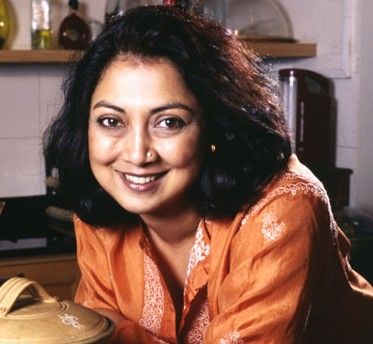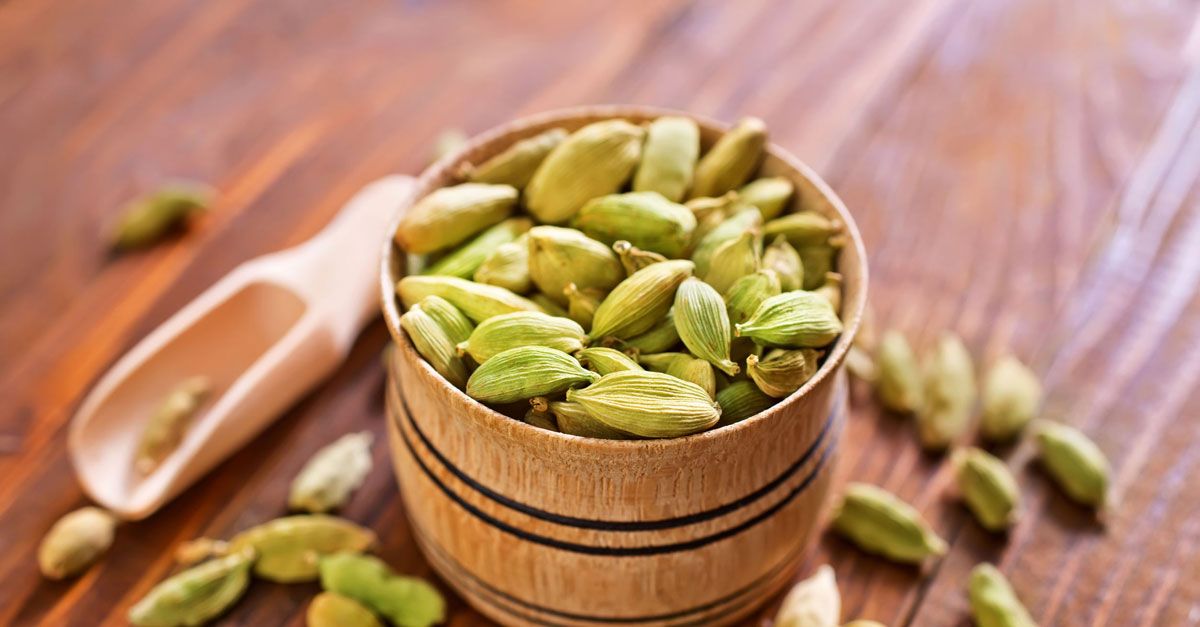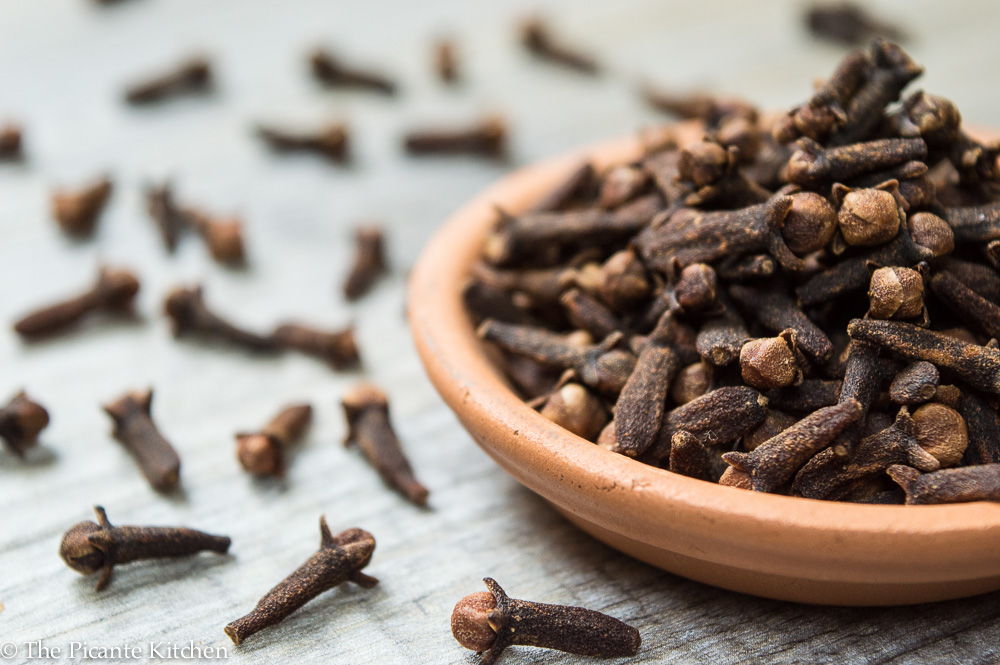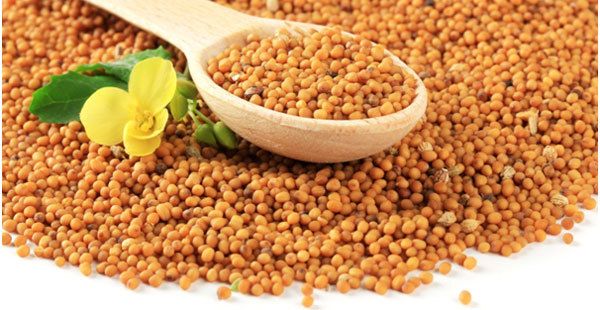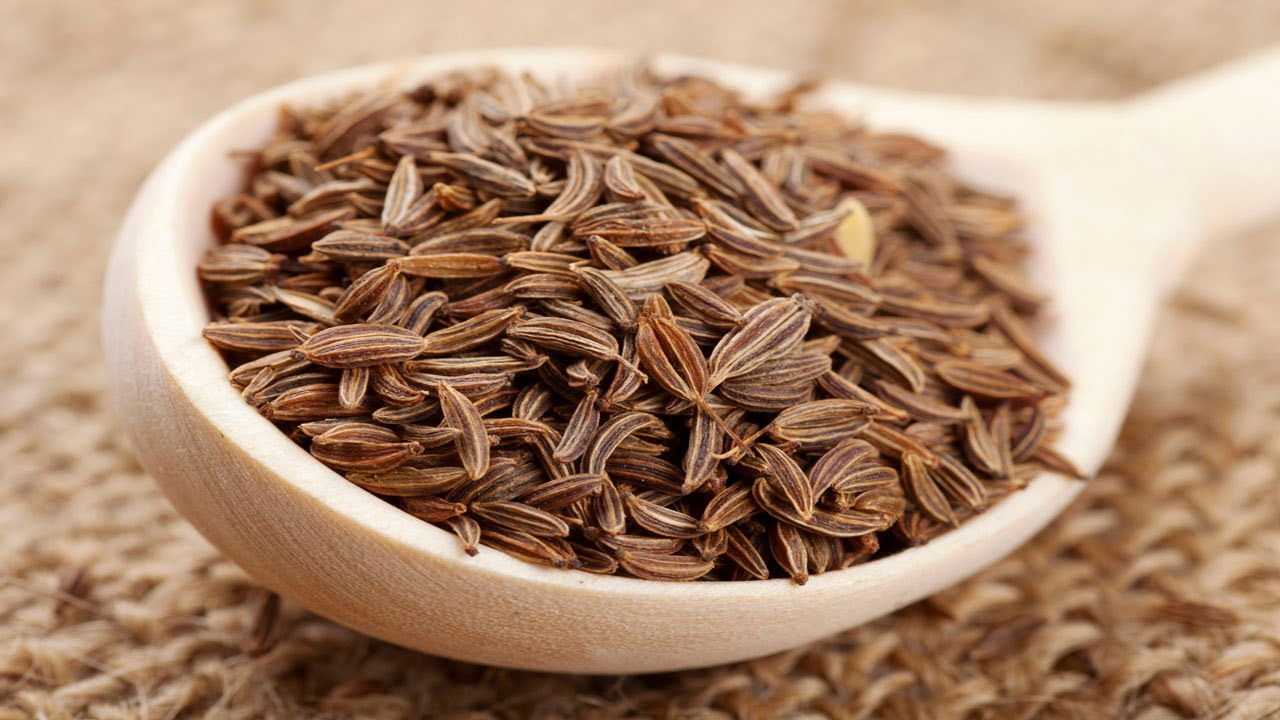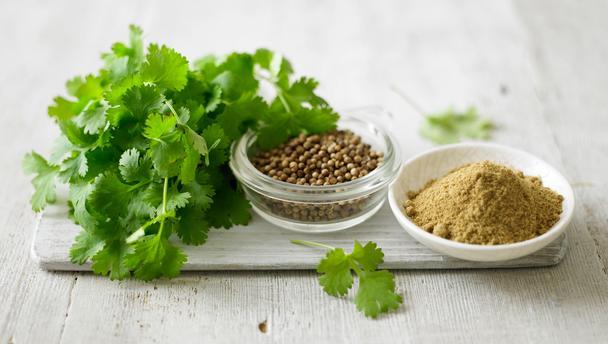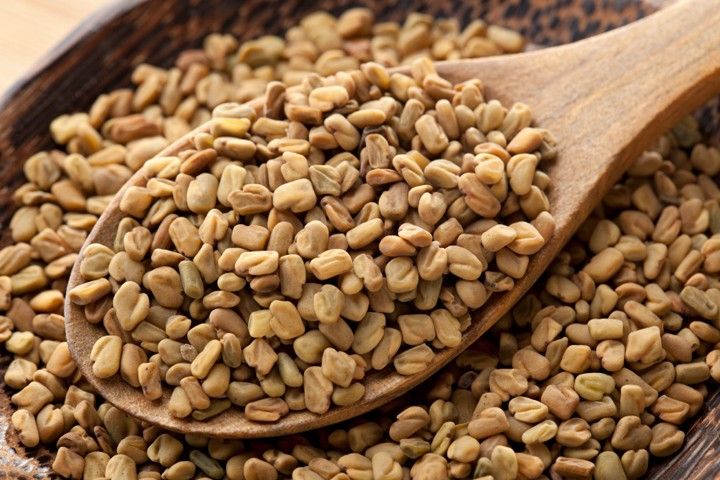A Burst of Flavour – Inside Tip on Modern Indian Cooking
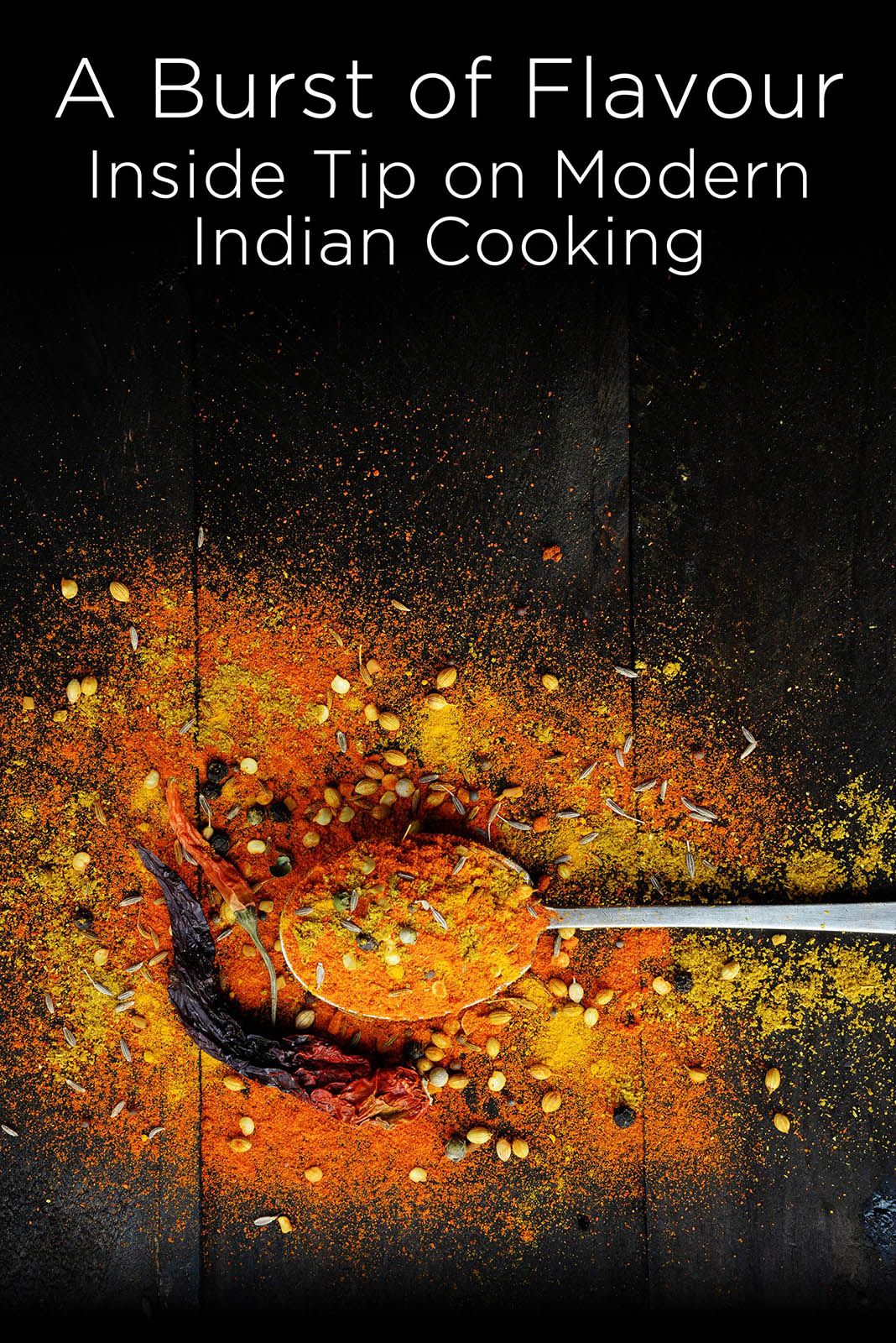
Mandy Yuen – Lifestyle Blogger
Spices, spices and more spices! There is no doubt that when we crave to satisfy our taste buds with flavourful food, we go to Indian dishes, and there’s no one better to turn to for guaranteed deliciousness than the famous Indian cook Karen Anand.
Having grown up in an Indian family, Karen was born and bred surrounded by the smells and tastes of Indian spices, although growing up in London was what made her learn to appreciate spices in their individual capacity and not necessarily as a ‘masala’, or as we know it, a mixture of ground spices used in Indian cuisine.
Karen will be cooking up lunch for the India by the Bay 2016 festival on Saturday, the 27th of February. She recently gave an interview on the importance of spices to everyday cooking, as well as some insight on some of the top spices used in Indian cooking for all you budding foodies:
Why are spices so important to bringing the flavours of foods and overall cooking?
Spices have always been fundamental in Indian cooking to add flavour to Indian dishes. Also, as our basic ingredients become more and more flavourless because of our farming techniques, processed foods, mass production and so on, the need to “pep up” dishes with spices becomes even more necessary. Spices are also important in traditional Indian medicine known as Ayurveda.
What are the top 10 spices utilised in Indian cooking, and what’s the story behind each one?
Cardamom
This spice has a wonderful aroma and an enticing warm, spicy-sweet flavour. The whole pods can be added to dishes, or the seeds can be extracted and either added whole or ground.
Cloves
They have a sweet, somewhat piercing flavour and are used to flavour meat dishes. Cloves are also used as a mouth freshener in India.
Cinnamon or Cassia Bark
Found in India, this spice works wonders with meat and sauces. Cassia bark is most common in India and the curly, sweeter more fragrant cinnamon quill which is more popular in desserts, is native to Sri Lanka
Mustard
The seeds can be white, yellow, black or brown, and are derived from three different plants.The black seeds are exceedingly pungent and most commonly used in India. When fried, they taste nutty rather than fiery.
Cumin Seeds (jeera)
These are used in whole or ground as powder. They should be roasted very briefly for less than a minute on a hot griddle and then ground into a powder to release their flavour more fully. Too much cumin turns a dish bitter.
Turmeric (haldi)
This spice is used fresh in season (Dec – March) or more commonly, dried as a powder. Turmeric has antiseptic qualities and is therefore used to marinate fish before cooking.
Coriander Seeds and leaves (dhania)
Used as a basic spice as well as a part of an everyday ‘masala’, Coriander was brought to India from Central America. The light brown seeds which are usually lightly roasted before use, act as a stimulant and digestive.
Fenugreek (methi)
The stony seed of this herb is more popular in the Southern states of India where it is normally fried in oil to draw out its flavour. The fresh leaves of the plant are used more widely in North India and Gujarat. The ground seeds make a part of many pan-India spice blends.
Asafoetida (hing)
Derived from the sap of the rhizome of an herb that is native to Afghanistan, it stands out for its pungent, overpowering yet addictive aroma and taste which transforms into a distinctively ‘umami’ air that hangs around many Indian kitchens. It is used as a digestive aid and tempered with hot oil before adding to a dish.
Pepper
Pepper is native to the forests of Southern India and the Malabar Coast. It is probably the oldest Indian spice (about 4000 years) and was traded for gold with the Romans. Pepper powder is often adulterated and loses its pungency with time. It is best to buy whole pepper and grind it at the table or in a mortar and pestle just before you need it.
 Another interesting fact that Karen shared was that although chilies are an intrinsic part of Indian cooking today, they’re actually not native to India (what!). They actually came via the Portuguese to Goa from South America (who would’ve known!).
Another interesting fact that Karen shared was that although chilies are an intrinsic part of Indian cooking today, they’re actually not native to India (what!). They actually came via the Portuguese to Goa from South America (who would’ve known!).
Wanna know the best place to buy spices in Hong Kong?
Karen recommends that visitors or residents of Hong Kong go to the Kiran Provision Store located in Tsim Sha Tsui to find all the right spices for Indian cooking. The store delivers if the order is sizeable and would be happy to order anything on request! Go and check out their website and store to start your journey as an Indian cuisine culinarian.
Address: Mirador Mandion, 58, Nathan Road, TST in Kowloon
Karen will be demonstrating an exquisite three-course Indian cuisine menu in which she will throw in a couple of the most utilized spices in Indian cooking, including turmeric, cumin seeds and mustard seeds to excite your taste buds with some delightful madness.

Ughhh… even the thought of it makes me want rice.
If you are interested in trying her dishes and celebrating the Indian culture in Hong Kong, go to http://asiasociety.org/hong-kong/events/india-bay for more information on the festival and how to get your tickets before they are sold out!
But, if you find yourself itching to try making some Indian dishes in your own kitchen, Karen has also shared two secret recipes which she’ll also demonstrate at the lunch:
PRAWN BALCHAO (Serves 4-6)
Ingredients
500 g peeled, de-veined fresh prawns
2 tbsp dried prawns, roasted and powdered
5 large onions, chopped fine
1 cup vinegar
2 ½ cups oil
200 g sugar
A few curry leaves
Salt to taste
Spice Paste (grind as smooth as possible with remaining half cup vinegar plus a little warm water)
20 nos Kashmiri chillies without stems
2” piece of ginger
20 cloves garlic
½ tsp turmeric
1 tbsp mustard seeds
1 tsp cumin seeds
1 tsp black pepper
Method
Pat dry the cleaned prawns and soak for half an hour in 1/2 cup vinegar. Heat oil in a pan on medium heat. Sauté the onions and curry leaves. Lower the heat, add the spice paste and cook till the fragrance changes and the paste is no longer “raw”. Add the rest of the ingredients and the fresh prawns with the vinegar. Cook for a further 5 to 7 minutes till the oil comes to the surface. Add salt to taste. Serve as is with hot bread or as a pickle
TOMATO CHUTNEY (2 cups)
Ingredients
1 kg tomatoes
1 onion (preferably a mild, white one)
5 cloves garlic
1 tsp ginger, grated
1 tsp chilli powder
1 tbsp panch phoran
½ cup of either of the following: raisins, dates, dried apricots
½ cup vinegar (preferably sugarcane or good malt vinegar)
1 cup jaggery or sugar
Method
Plunge the tomatoes into boiling water for a few seconds. Remove the skin and chop roughly reserving all the pulp and juice. Firm, red tomatoes are best for this chutney. Put all the tomatoes into a large casserole. Add the spices, vinegar and jaggery and bring to a boil. Simmer until the chutney thickens. (This will depend upon the tomatoes. It could take anywhere between 10-15 minutes). Add the dry fruit (kishmish, dates or dried apricots). Cook for a further 5-10 minutes. Take care that the chutney does not stick to the bottom of the pan, by stirring continuously. The above method would make about 2 bottles of chutney.
Panch Phoran is a Bengali spice which includes five spices – cumin seeds, fennel seeds, fenugreek seeds, nigella seeds and small black mustard seeds
Go on! Live life with a little spice!
Mandy Yuen is a teacher, lifestyle and fashion blogger and an Instagram addict — but mainly just a happy multitasker who loves to look at and blog about beautiful things. Mismatched outfits can bring down her mood, but a really good meal can lift it up immediately. During her free time, you’d probably find her on the couch in front of her laptop with the TV on and busily scrolling and double tapping on Instagram with her phone. You can keep a tab on her via instagram @mandeeeee or on her blog mandeeeeesays.blogspot.hk


